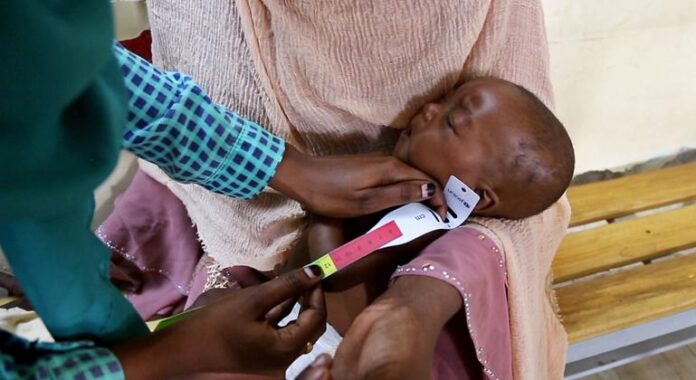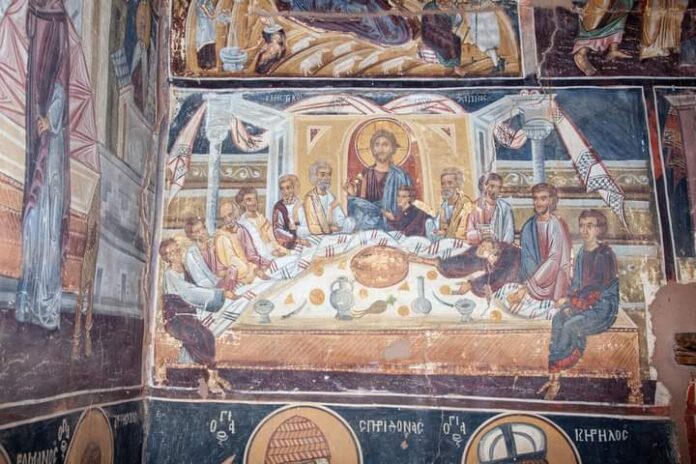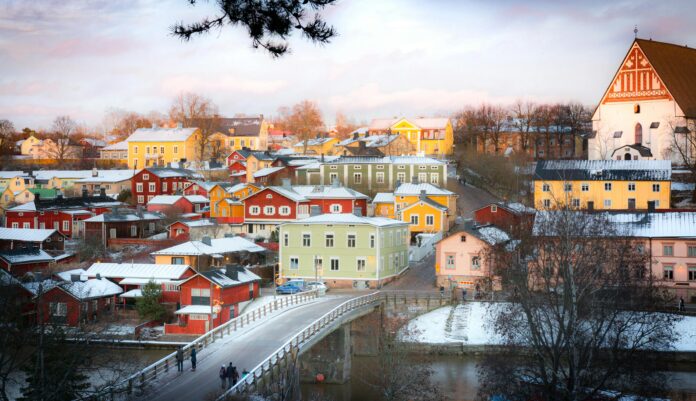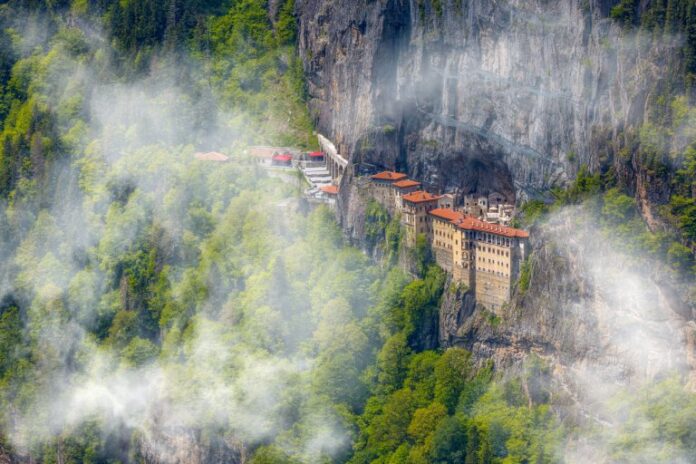On Tuesday September 17th, CAP Liberté de Conscience hosted a side event to the 57th session of the Human Rights Council titled Arbitrary Detention in the UAE: Addressing the Crisis of Civil Society Suppression ahead of the Working Arbitrary Group session in Geneva. The speakers included Matthew Hedges, British academic formerly detained for seven months in the United Arab Emirates (UAE); Ahmed al-Nuaimi charged in absentia in the UAE 94 trail and also a relative to an individual who is currently arbitrarily detained and Joey Shea, Human Rights Watch researcher.
By sharing their testimonies and describing their personal experiences, the speakers provided a unique and real insight into the reality of human rights abuses occurring in the UAE. Matthew Hedges said, “I am lucky to be alive” after being arrested by the UAE government under false suspicion of being a British spy. Hedges was detained for seven months in solitary confinement, during which he was physically assaulted, interrogated for extensive periods, and denied basic rights. For the first six weeks of his detention, he was interrogated without legal representation, and consular access was denied. Although he was pardoned before leaving the UAE, he explained that he is still being watched by the UAE, as his details remain on a spyware list.
Ahmed al-Nuaimi has also experienced first-hand the consequences of human rights abuses and repression in the UAE. He reminded the audience that, although the country presents a façade of modernity, human rights abuses are still occurring on a daily basis, as evidenced by the case of his brother, who is arbitrarily detained. While al-Nuaimi was fortunate not to be arrested as he was travelling overseas, his brother was arrested after signing a petition calling for constitutional reforms. Today, although his brother has completed his sentence, he remains in detention as the government continues to bring new charges, prosecuting individuals twice for the same incident and ignoring basic principles of justice.
These practices were corroborated by Joey Shea’s findings, which highlighted the lack of fair trials in the UAE, particularly the absence of legal representation and restricted access to legal files. According to Shea, defendants have also reported abusive detention conditions, including physical assaults, forced nudity, and prolonged solitary confinement amounting to torture. She also explained that conducting research in the UAE was particularly challenging, as diplomatic missions informed her that publicly expressing concern about the violations of fair trial standards was not an option.
In January 2024, UN experts, including a significant number of Special Rapporteurs, raised concerns about the “charges against civil society” and the ongoing trials in the UAE of jailed human rights defenders, lawyers, academics, and others. In May 2023, the UN Working Group on Arbitrary Detention declared the detention of some of these individuals to be arbitrary.
On Friday 20 September 2024, in their oral statement during the General Debate at the 57th Human Rights Council, the victims emphasised the need for a strong opinion to be issued, expressing concern over the ongoing arbitrary detention of individuals involved in these trials. They also called for diplomatic pressure to be exerted on the UAE to disclose the fate of the detainees and release all those convicted in trials that did not meet international standards of fairness.














